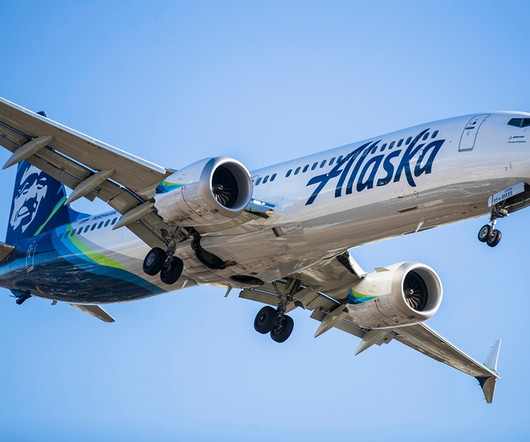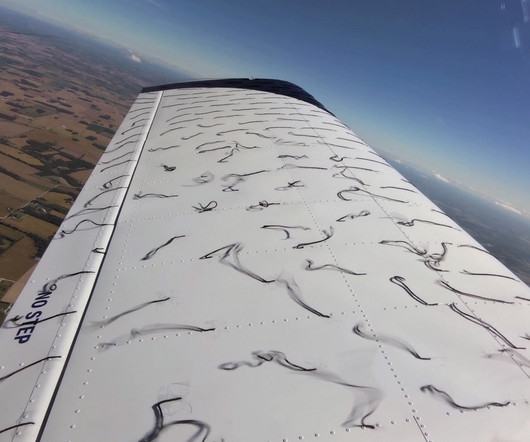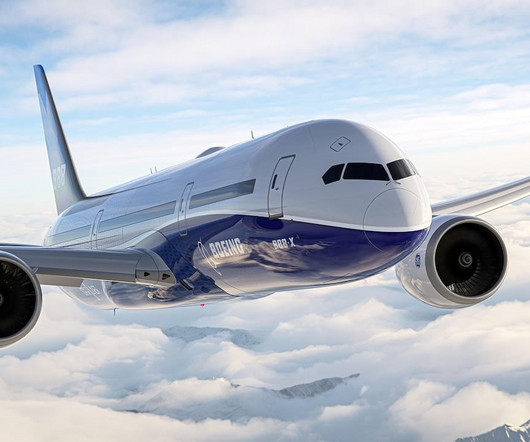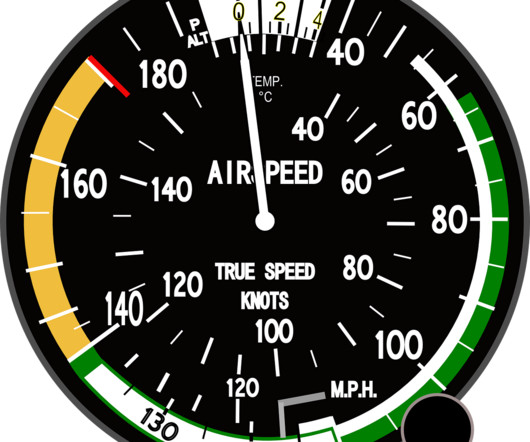Everything You Need To Know About Ailerons
Pilot Institute
FEBRUARY 20, 2025
Key Takeaways Ailerons control the aircrafts roll by adjusting lift on each wing. Roll or bank is the aircrafts movement about its longitudinal axis. Since theyre located on opposing sides of the longitudinal axis, both ailerons need to move in the opposite directions to complement each others motion.















Let's personalize your content